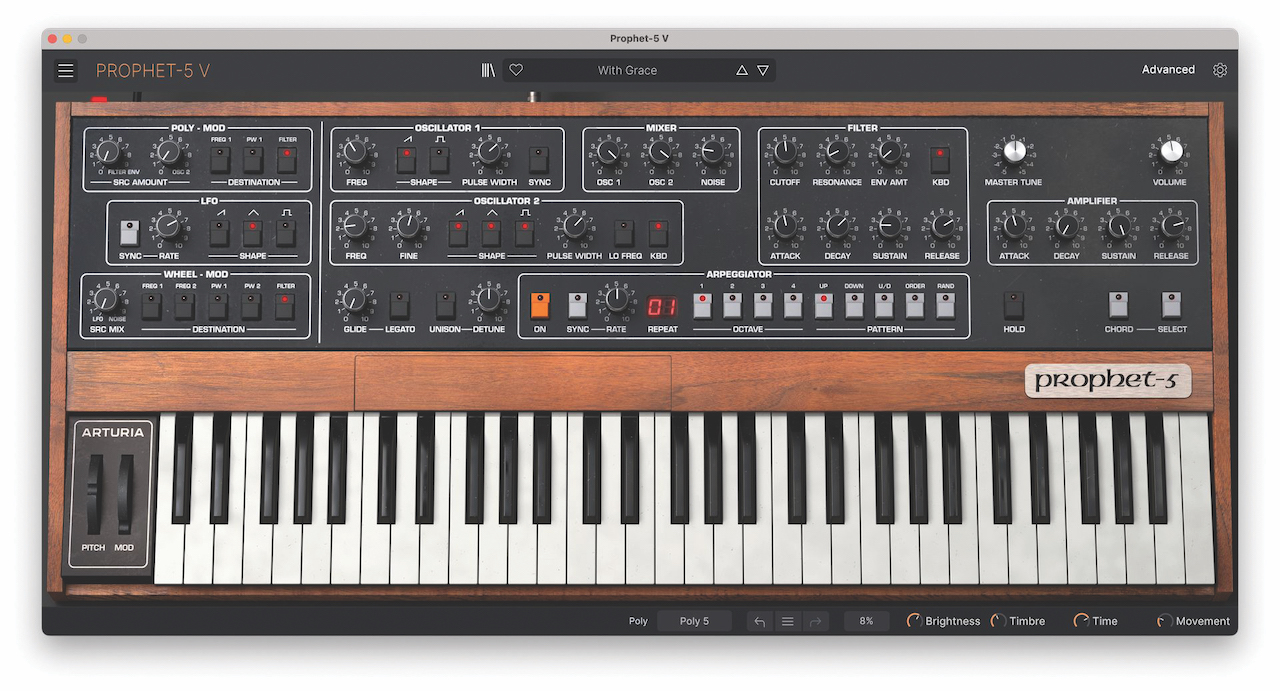
Polysynth voice basics can be highly flexible. Most polysynths come with at least three voice modes.
Poly mode will let you play polyphonically; as many notes as your synth allows. Mono mode turns the synth into a monosynth. Useful for playing those 1970s prog rock keyboard solos…
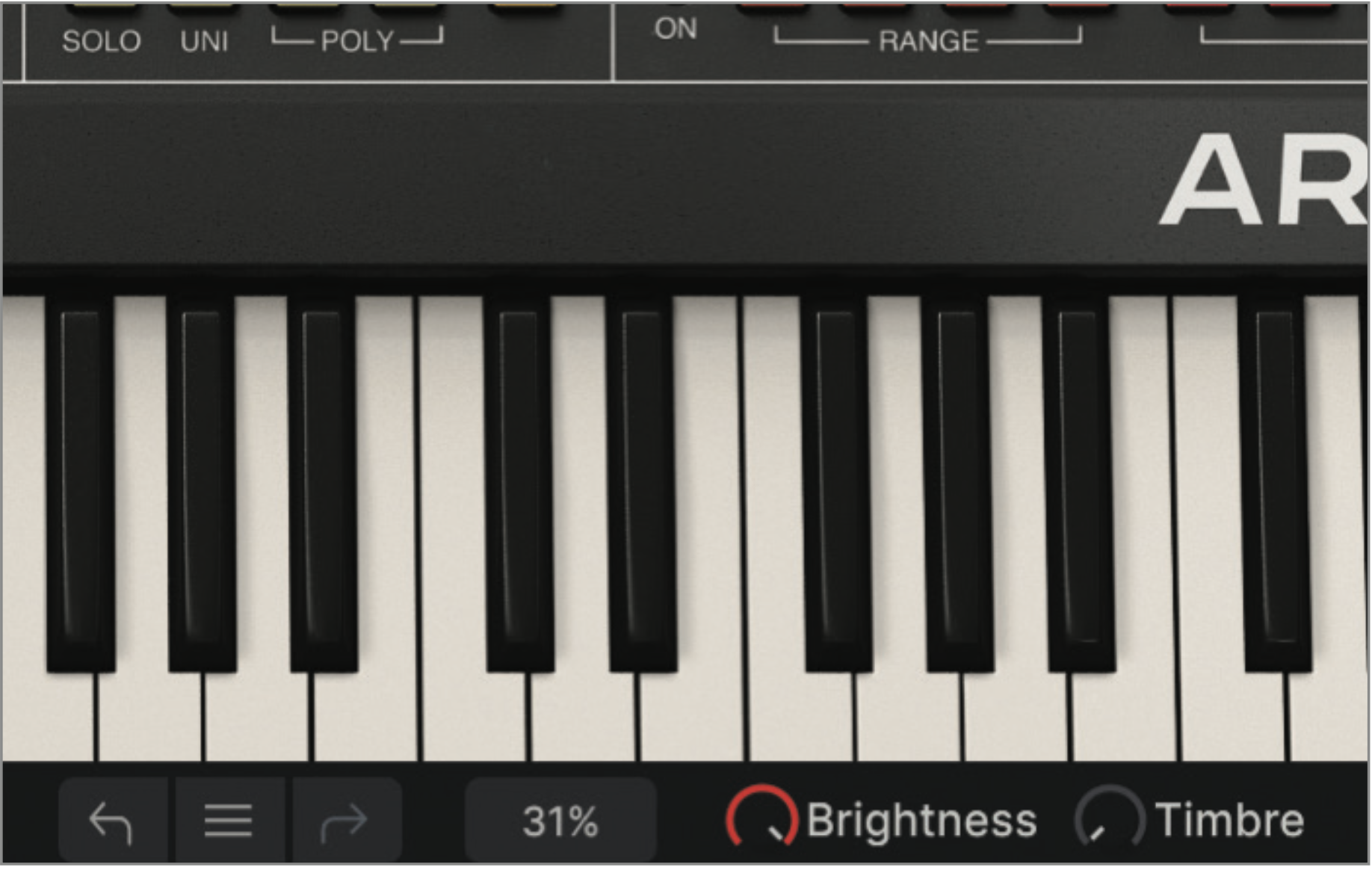
The third is Unison mode which is also monophonic. Here you are using the extra voices that mono mode affords to stack on a single note. Think of it as giving that one note the power of polyphony. As you’re playing all oscillator waveforms in one, you might notice your CPU rate rise; ours is 31% on a single note play.
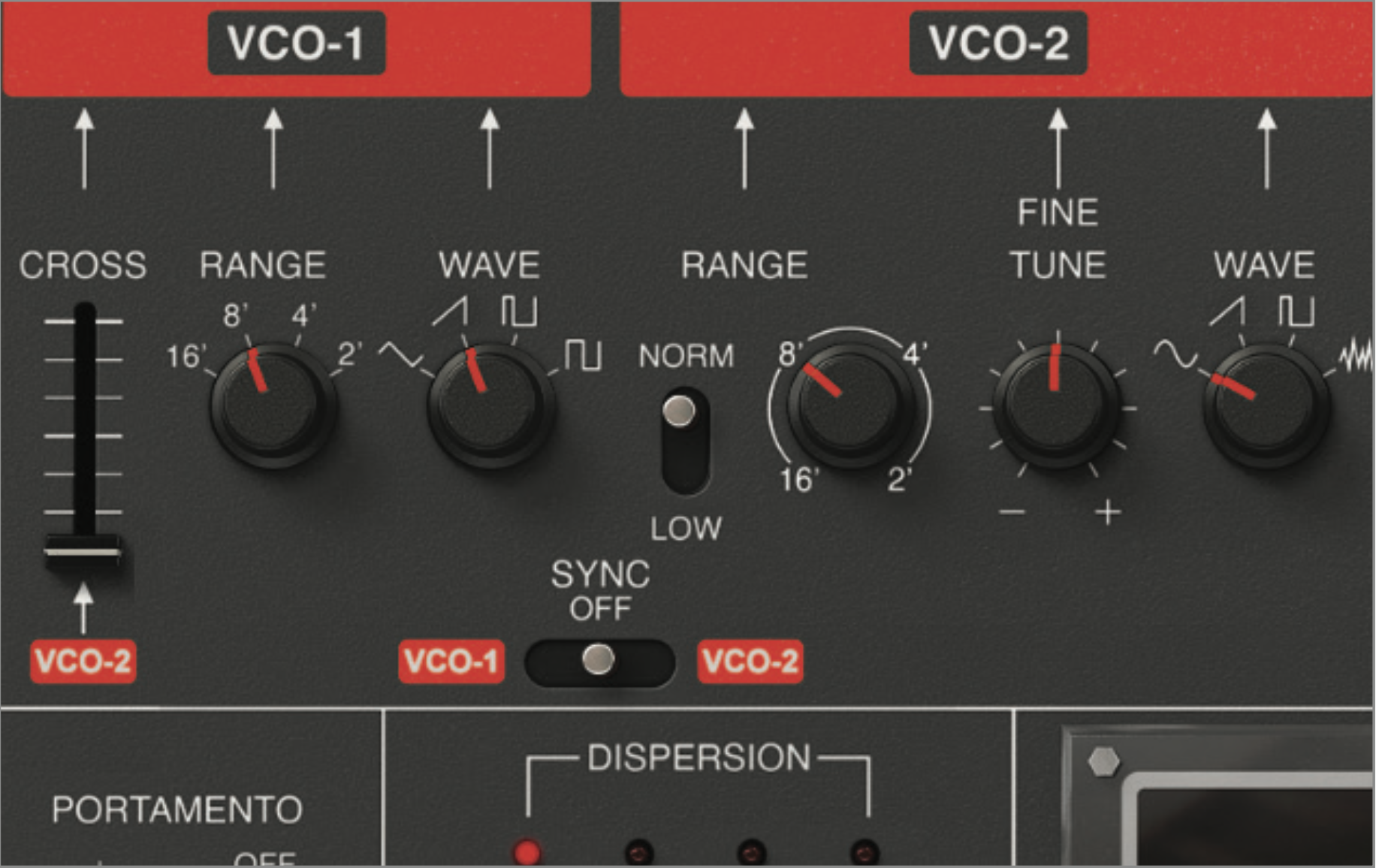
So why use Unison Mode? The resulting sound of all the voices playing can create huge sounds, even though you’re limited to a single mono note. Especially so with old analogue polysynths which would have detuning between the waveforms. The waveform tends to be a sawtooth, as it’s the most dramatic. But experiment with others.
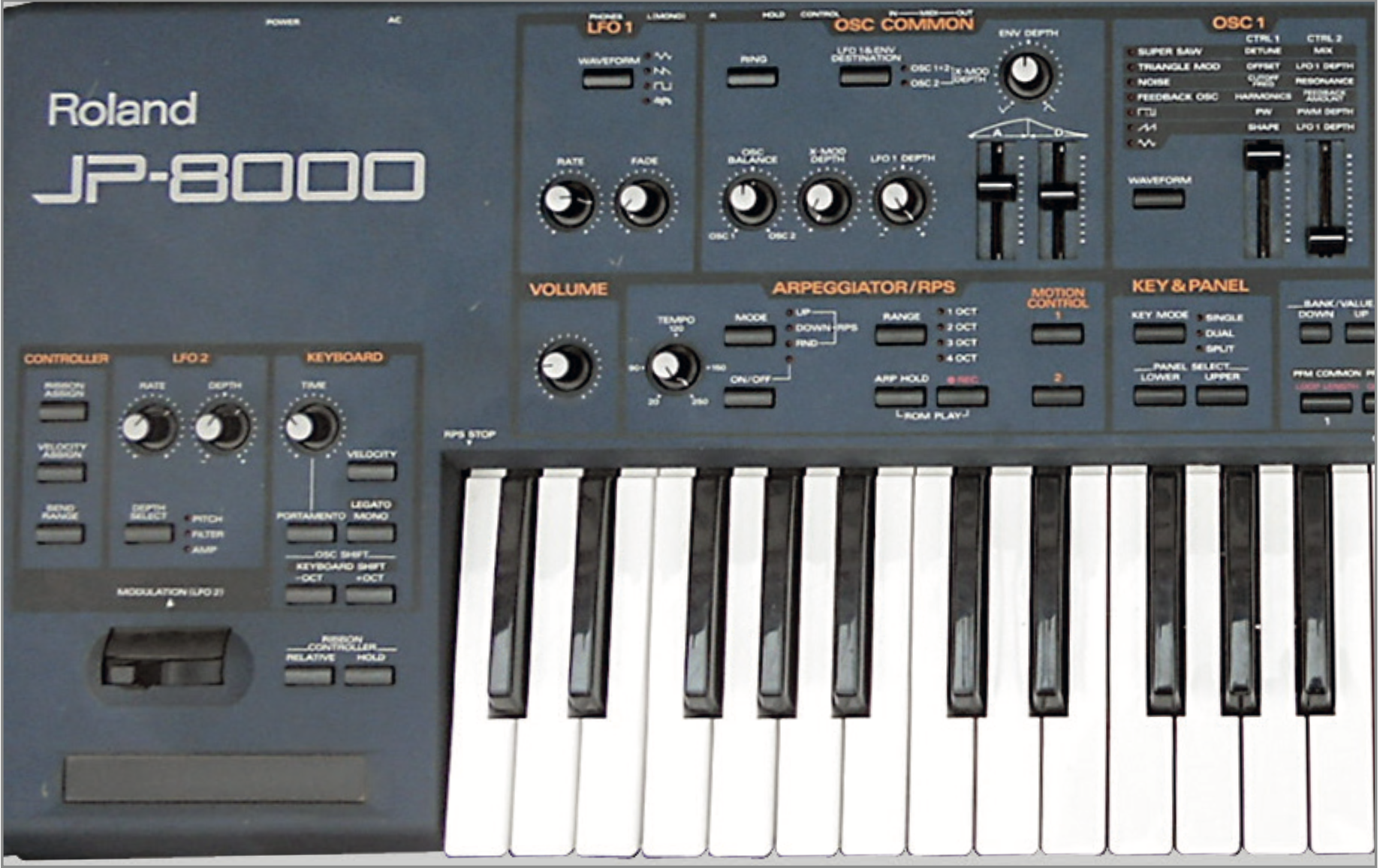
The 1996 Roland JP-8000 synth set a new benchmark with the Unison sound, as it included a supersaw wave; effectively seven sawtooth waves stacked together. This was also not limited to being monophonic, so the sound and the synth became huge in trance and EDM circles.
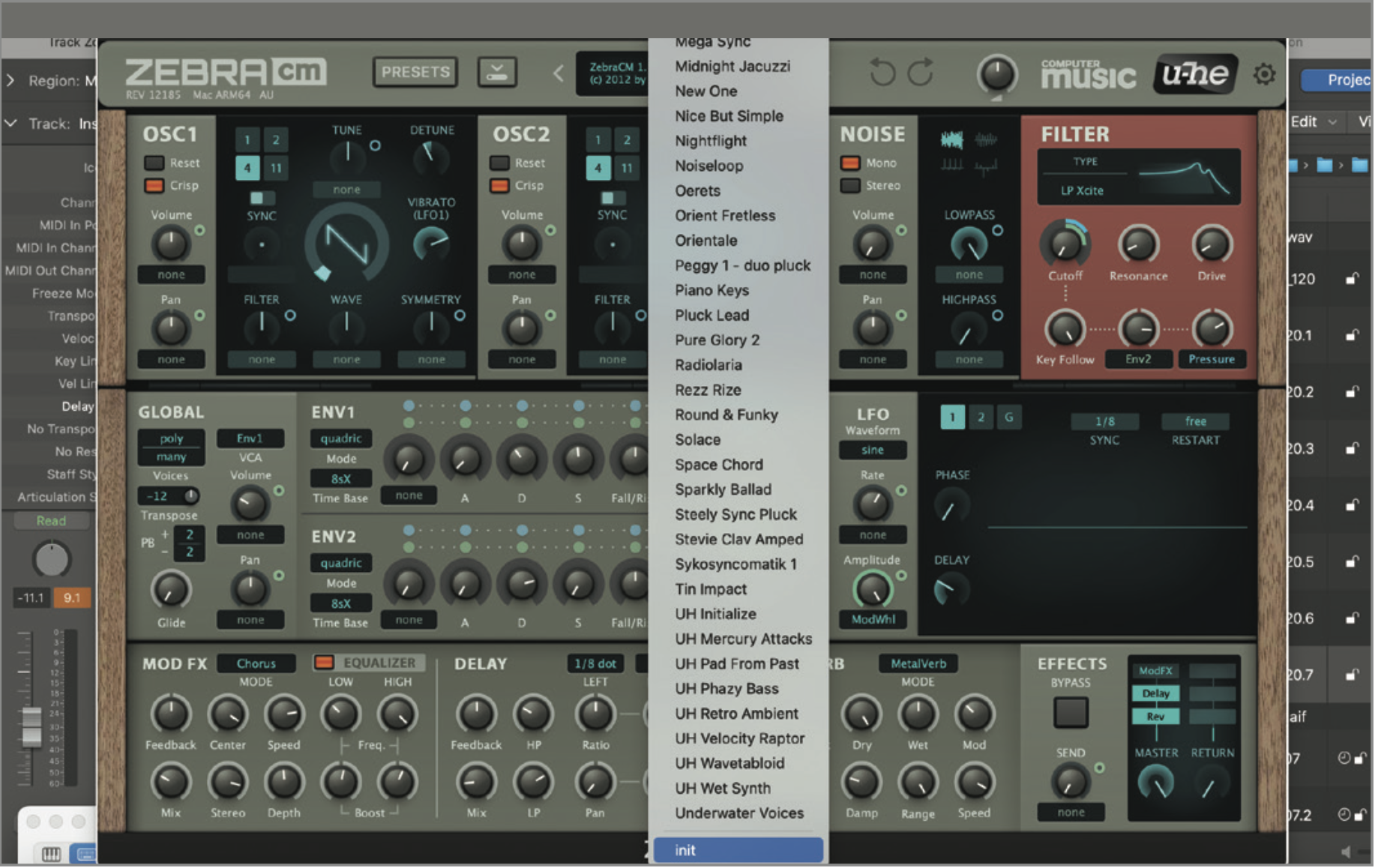
There’s every chance you have Unison mode on your polysynth(s) but if not, you have now! ZebraCM (which you can get free from the CM Suite) has an easy way to enjoy the huge trance sound. Load it up and initialise a patch (bottom preset) as this gives you a sawtooth.
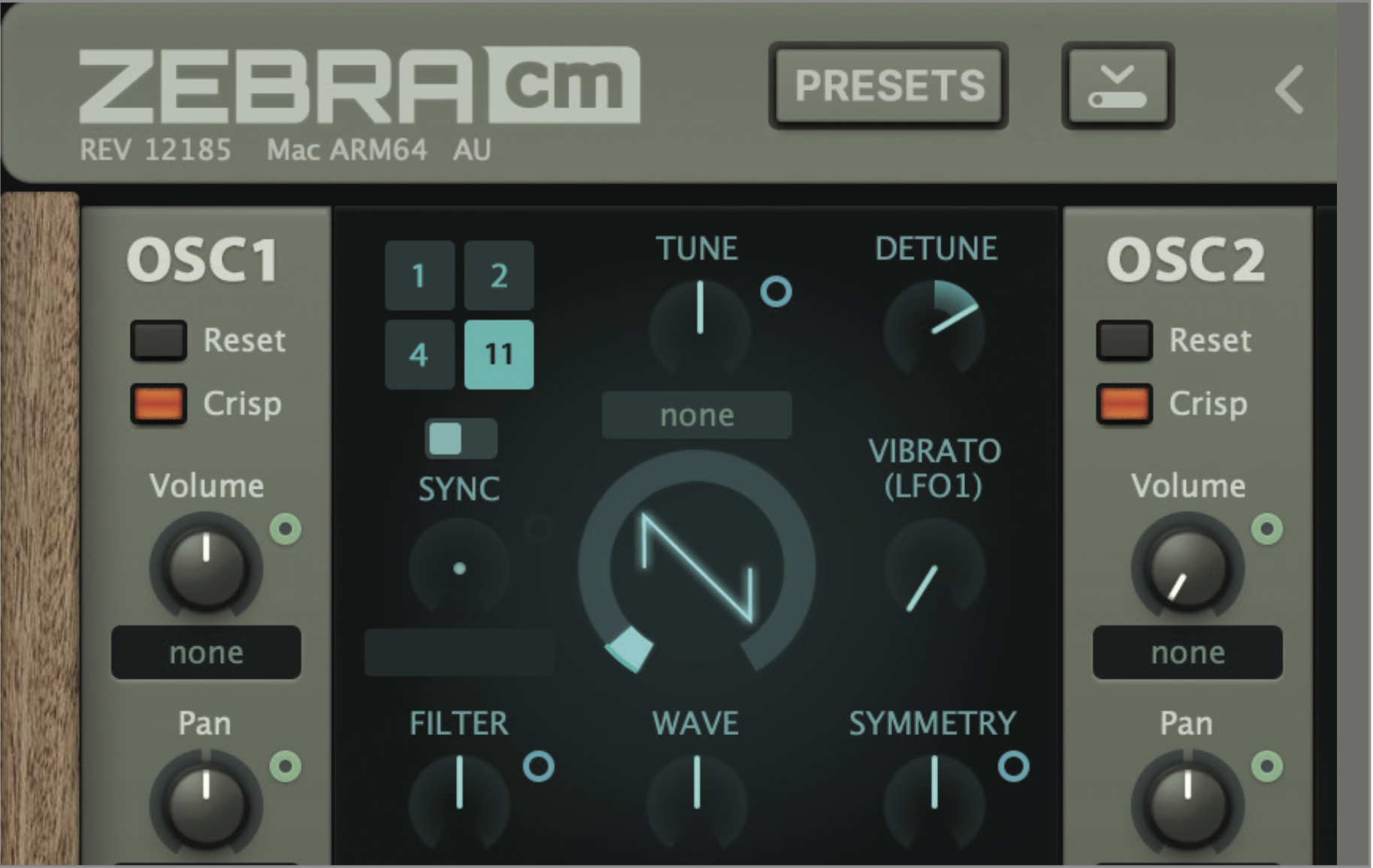
Unison mode varies between synths. Here you select between 1, 2, 4 and 11 stacked waveforms. Step up to 11 and your saw will get louder, but as we hinted at earlier, we need some detune. Raise the Detune for an instant trance stack. You’re not limited to mono either.







